tl;dr
- Implement personalized communication and responsive service to boost customer loyalty and satisfaction.
- Deepen emotional connections for increased loyalty and advocacy, ensuring customers are central to your business strategy.
- Utilize loyalty programs, personalized customer experiences, and exceptional customer service to enhance customer retention and satisfaction.
- Use the customer journey mapping tools and align engagement tactics with your business goals for improved customer satisfaction and revenue growth.
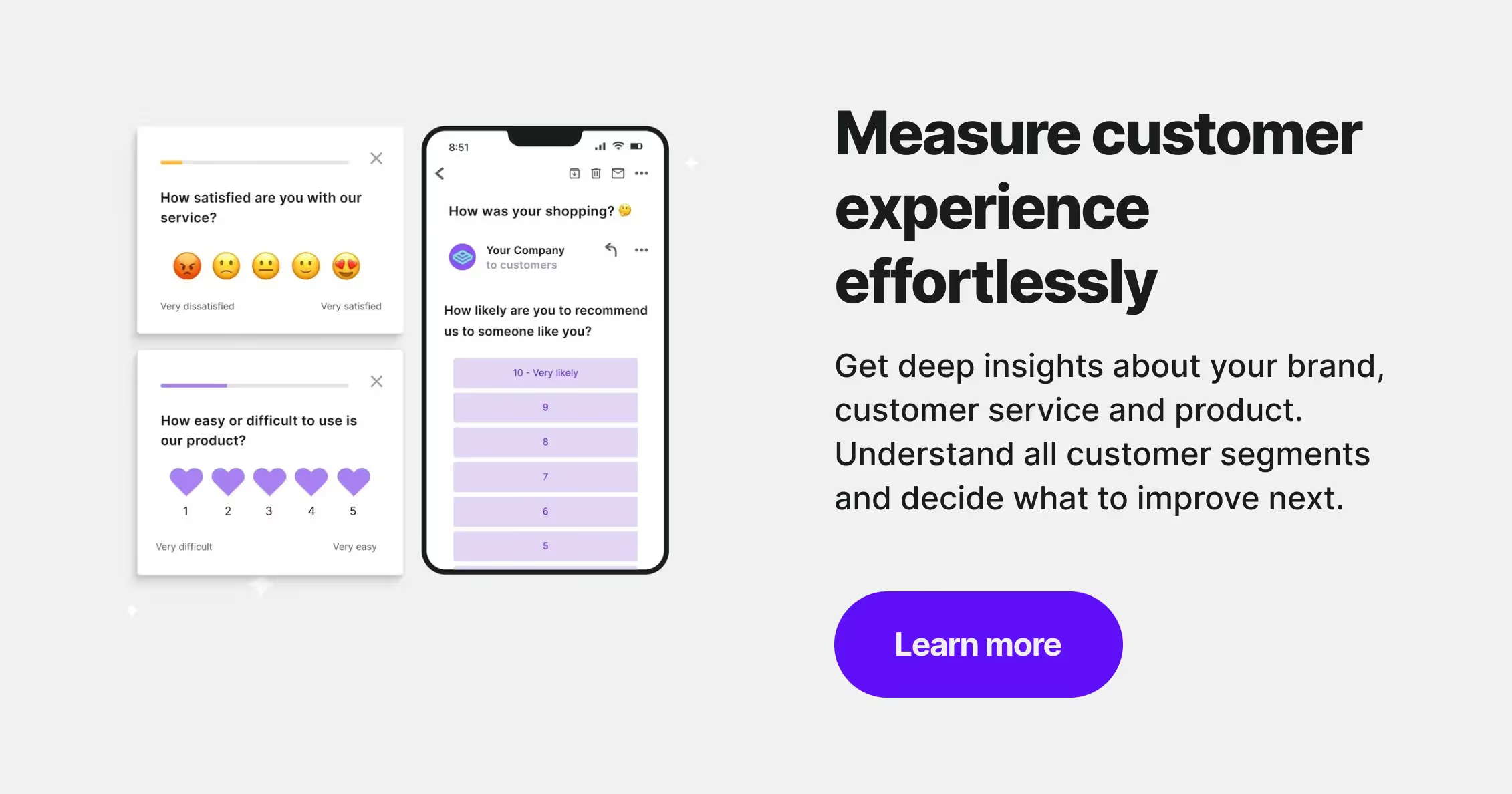
Engaging with customers means more than just managing transactions and essential interactions. In today's competitive marketplace, delivering outstanding experiences and going the extra mile for your customers isn't a luxury—it's a necessity.
A comprehensive customer engagement strategy is vital to truly grasp your customers' needs and preferences. By developing a loyal and engaged customer base, you can refine every interaction, ensuring each touchpoint is seamless and enhances the user journey.
Understanding customer engagement
If you aim to build more valuable customer relationship and increase your chances for upsells, retention and positive social proof, customer engagement is pivotal.
What is customer engagement?
Customer engagement refers to the connection between a customer and a brand at every touchpoint. Engaged customers often display loyalty and advocacy, participating in the offerings of a business beyond transactions. Thanks to those interactions you can amplify brand value and drive long-term revenue.
Customer engagement metrics
To better understand the current state of successful customer engagement you should track essential metrics such as:
- Lifetime Value (LTV): Projects the revenue a business can expect from a single customer account. To track Lifetime Value (LTV), calculate the average purchase value, multiply it by the average purchase frequency rate, and then multiply the result by the average customer lifespan.
- Churn Rate: Measures the percentage of customers who stop using a company's products or services over a certain period. For churn rate, identify the number of customers at the start of a period, subtract the number of customers at the end, then divide by the initial number and multiply by 100 to get a percentage.
Quantitative data on these metrics guides companies in refining their customer engagement strategies.
Benefits of customer engagement strategy
Implementing an effective customer engagement strategy affords a business numerous benefits:
- Increases customer loyalty: Engaged customers are more likely to repeat purchases and become brand ambassadors.
- Drives business growth: Strong engagement leads to higher customer retention, contributing to a more stable revenue stream.
- Enhances customer insights: Engagement generates valuable feedback, allowing companies to adapt and improve their offerings.
Developing a customer engagement strategy
A strategic approach to customer engagement is key for building lasting relationships and aligning with business objectives. Developing an effective strategy requires a thorough understanding of the customer journey the integration of strategic touchpoints.
Aligning customer engagement strategy with business objectives
Business objectives should guide the development of customer engagement strategies. You must identify core goals such as increased retention, upselling opportunities, or enhanced customer satisfaction. For each objective, specific engagement tactics should be outlined. For instance:
- Increased retention: Implement loyalty programs and offer personalized content.
- Upselling opportunities: Use customer data to identify and suggest relevant additional products.
- Enhanced customer satisfaction: Provide excellent customer service and solicit feedback to continually improve.
Mapping the customer journey
A detailed map of the customer journey pinpoints critical touchpoints can show you where engagement can be optimized. You should consider the following stages:
- Awareness: Use social media campaigns and SEO to reach potential customers.
- Consideration: Provide informative content and comparison tools.
- Purchase: Streamline the checkout process and offer various payment options.
- Retention: Engage through email marketing and exclusive offers.
- Advocacy: Encourage satisfied customers to leave reviews and share their experiences.
By aligning engagement strategies with business goals and mapping the customer journey, you can create a cohesive framework that nurtures the customer relationship at every stage.

Elevating the customer experience
To fully elevate customer experience, you'll need to commit to understanding your customers. Collecting continuous feedback to spot trends and identify impact of changes can is a crucial addon to your process.
Designing a personalized customer experience
Creating a personalized customer experience relies heavily on data insights and customer understanding. Companies can achieve this by using analytics tools to track customer interactions and preferences. For instance:
- Demographic Analysis: Tailoring product recommendations based on age, location, and income.
- Behavior Tracking: Customizing interfaces and communications based on past customer behaviors.
- User feedback: Understanding target audience and trends in user satisfaction.
Effective personalization elevates the customer experience by making customers feel valued and understood, directly impacting customer loyalty and satisfaction metrics.
Incorporating feedback for continuous improvement
Customer feedback provides critical insights into the strengths and weaknesses of a customer experience strategy. Methods to effectively collect and harness feedback include:
- Surveys: Immediately after purchase or interaction, ask short, relevant questions.
- Social Listening: Monitor social media channels for unfiltered customer opinions and trends.
By systematically analyzing and responding to feedback, companies show customers that their opinions are valued, leading to improvements in products and services, and, ultimately, a more engaging customer experience.
Building and sustaining customer relationships
In the quest to grow continuously, building robust customer relationships anchored on value and emotional connection is crucial. These relationships pave the way for brand and customer loyalty by meticulously addressing customer needs and expectations.
Fostering brand loyalty through relationships
To foster brand loyalty, companies must create a deep emotional connection with customers. This bond translates into a customer's preference for a brand, leading to consistent repurchases and referrals. Here are specific strategies to strengthen this connection:
- Reward Programs: Implementing reward programs that offer exclusive benefits for repeat purchases.
- Personalization: Sending personalized communications to customers, recognizing their preferences and purchase history.
- Customer Service: Offering exceptional and responsive customer service that makes customers feel valued.
- Community Building: Creating online forums or groups where customers can engage with the brand and each other.
These targeted actions encourage customers to develop a sense of belonging and loyalty to the brand.
Understanding customer needs and expectations
Accurately understanding and meeting customer needs is the cornerstone of lasting relationships. Companies can employ several approaches to achieve this:
- Surveys and Feedback: Implementing a customer feedback program to regularly collect and analyze insights .
- Market Research: Conducting market research to stay ahead of industry trends and anticipate customer needs.
- Product Development: Using customer input to guide product development, ensuring it aligns with what customers are looking for.
Through constant engagement and by delivering value, businesses can meet and exceed the expectations of their customers, ensuring sustained relationships and loyalty.
Customer retention techniques
Effective customer retention techniques are crucial for maintaining a continuous relationship with existing customers and maximizing long-term revenue. Such strategies leverage sophisticated analytics and tailored loyalty programs to heighten customer dedication and repeat purchases.
Creating effective loyalty programs
Loyalty programs that are well-structured incentivize repeat purchases and deepen customer commitment. Key considerations should include:
- Reward Tiers: Segment rewards based on customer spending levels, encouraging increased spending to reach higher tiers.
- Point Systems: Implement points for purchases that customers can redeem for discounts, products, or experiences.
The design of a customer loyalty program must align with the target audience's preferences and behavior patterns to enhance relevance and engagement.
Utilizing analytics for retention insights
Analytical tools can significantly improve retention efforts by providing actionable insights into customer behavior. Important approaches include:
- Customer Segmentation: Group customers based on behavior, spending patterns, and preferences to create targeted retention campaigns.
- Churn Prediction: Use predictive analytics to identify at-risk customers and proactively implement retention strategies.
By leveraging analytics, businesses can make data-driven decisions to refine their loyalty programs and retention tactics, thus fostering stronger customer loyalty.
Measuring customer engagement success
Accurately gauging the effectiveness of customer engagement strategies hinges on analyzing customer satisfaction and loyalty metrics, as well as a comprehensive understanding of the customer engagement lifecycle. These elements are pivotal in assessing the success of engagement efforts.
Evaluating Customer Satisfaction and Loyalty
To measure customer satisfaction, businesses often utilize surveys that encompass satisfaction scores such as the Net Promoter Score (NPS) or Customer Satisfaction (CSAT). These tools enable a company to capture responsive feedback on a customer's likelihood to recommend services or products, reflecting both satisfaction and the potential for loyalty.
Customer Loyalty is further traced through:
- Repeat purchase rates
- Customer retention rates
- Customer Lifetime Value (CLV)
Metrics like these illuminate the strength of customer relationships and the likelihood of sustained revenue from loyal customers.
Understanding the customer engagement lifecycle
A thorough scrutiny of the customer engagement lifecycle enables a business to identify critical touchpoints. They assess channels from initial awareness to post-purchase support, optimizing interactions along the way. Customer journey mapping can delineate this lifecycle, giving actionable insights.
Key lifecycle stages include:
- Acquisition: customer's initial encounter with the brand
- Activation: first use of the product or service
- Retention: sustaining the customer’s interest and usage
- Revenue: upsell and cross-sell opportunities
- Referral: turning customers into brand advocates
By dissecting each stage, companies can detect engagement patterns, spot areas of friction, and better curate the customer's experience to elevate both satisfaction and loyalty.
Leveraging digital platforms
In today's digital age, engaging with customers on digital platforms can dramatically enhance a company's interaction with its audience. The focus is on real-time communication and personalized experiences through social media and AI-driven technologies.
Utilizing social media to engage with customers
Social media platforms are quintessential for fostering customer relationships. Companies can take initiatives such as:
- Creating compelling content: This includes posts, stories, and videos tailored to the interests and behaviors of their target audience.
- Encouraging customer interaction: Prompt responses to comments and engaging in conversations are essential for building a loyal community.
By doing so, organizations can increase their brand visibility and encourage word-of-mouth marketing.
Integrating AI and chatbots for enhanced customer engagement
Artificial Intelligence (AI) substantially transforms customer engagement and service. Deploying chatbots on platforms such as websites and social messaging apps provides:
- 24/7 availability: Chatbots can interact with customers around the clock, offering immediate responses to queries and support requests.
- Personalization: AI can analyze customer data, allowing chatbots to offer personalized recommendations and assistance.
Companies utilizing AI streamline their customer service efforts and provide a more refined customer experience.
Content marketing and customer engagement
Content marketing stands as a pivotal strategy in customer engagement, leveraging valuable content to not only attract a target audience but also convert them into promoters of the brand. It goes hand in hand with email marketing, which enables direct and personalized communication with customers to enhance marketing efforts.
Creating valuable content to attract and engage
Creating valuable content is fundamental to engaging and retaining customers. Companies should develop compelling and relevant materials that resonate with their target audience's interests and needs. For instance:
- Blog Posts: These provide useful information that addresses common questions or concerns of the audience.
- Infographics: They distill complex data into visually appealing and easily digestible content.
- Videos: A dynamic way to showcase products or explain services, enhancing the user's understanding and engagement.
Each piece of content should be carefully crafted to ensure it is informative, interesting, and encourages the audience to interact with the brand, fostering a loyal customer base.
Implementing email marketing strategies
Email marketing remains a powerful tool for personalized customer engagement. Key strategies include:
- Segmentation: Dividing the email list into specific groups ensures that each recipient gets content tailored to their preferences and behaviors.
- Personalization: Using the customer's name and past interactions with the brand makes the email communication feel more personal and relevant.
An effective email marketing campaign should:
- Provide valuable content that prompts the reader to learn more about the brand or product offerings.
- Include clear calls to action (CTAs) to guide the recipient towards the desired action, like making a purchase or visiting a website.
Organizations use these strategies to maintain constant contact with their customers, nurture leads, and drive sustained engagement.
Leveraging customer data for personalized marketing
Harnessing customer data effectively leads to tailored marketing strategies that resonate with a target audience. The precision obtained through this granular approach translates into personalized experiences for customers.
Employing CRM for targeted campaigns
Customer Relationship Management (CRM) systems are vital in organizing and analyzing customer data. A well-maintained CRM system provides a wealth of information that businesses can use to craft targeted marketing campaigns. For instance, segmenting customers based on purchasing behavior or demographics in the CRM allows companies to send tailored emails that are more likely to engage each segment.
Segment A: Customers who purchase frequently
- Campaign: Loyalty rewards program
Segment B: Customers who have not purchased recently
- Campaign: Re-engagement offers
Integrating marketing automation tools with CRM systems streamlines campaign execution and enables the delivery of personalized messages at scale.
Utilizing customer data to enhance personalization
Leveraging the depth of customer data gathered from various touchpoints, brands create a personalized experience that boosts customer engagement. Analyzing data points like past purchases, website interactions, and social media behavior, businesses can:
- Suggest relevant products or content.
- Customize user interfaces for individual preferences.
- Offer personalized customer support.
These efforts ensure that the target audience feels understood and valued, which can lead to increased customer loyalty and higher conversion rates.
Innovations in customer engagement strategies
Customer engagement strategies are continuously evolving with novel strategies that resonate with modern consumers. Companies are leveraging technology to create more immersive and interactive experiences.
Exploring the impact of gamification
Gamification has emerged as a powerful technique to boost customer interaction and loyalty. By incorporating game-like elements such as points, rewards, and badges into non-game contexts, to your customer engagement strategy businesses encourage active participation and sustained engagement.
For instance, a mobile app experience might offer points to users for completing certain tasks or challenges, which can then be exchanged for discounts or special offers. This approach enhances the customer experience and translates into increased brand loyalty.
Key components of gamification in effective customer engagement strategy:
- Points: Enable a way to keep score and track user achievements.
- Leaderboards: Foster a competitive environment and encourage continued engagement.
- Rewards: Provide incentives for achieving certain milestones or behaviors.
The psychological element of gamification taps into the natural human desire for competition and achievement, making it a powerful tool for engagement.
Advancements in customer engagement Tools
The development of sophisticated customer engagement tools has transformed the way businesses interact with their audiences. Live chat systems, AI-driven chatbots, and customer relationship management (CRM) platforms are a few examples that facilitate real-time and personalized communication.
These tools empower companies to swiftly respond to customer inquiries, collect feedback, and deliver targeted content that caters to individual preferences and behaviors.
Features and benefits of advanced customer engagement tools:
- Personalization: Tailor experiences and content to user interests and past behaviors.
- Automation: Streamline repetitive tasks, allowing staff to focus on high-value interactions.
- Analytics: Monitor and analyze user data to uncover insights and optimize strategies.
As companies integrate these tools, they gather valuable data that helps to further refine and adapt their engagement strategies, thus maintaining a competitive edge and ensuring customer satisfaction.








.webp)
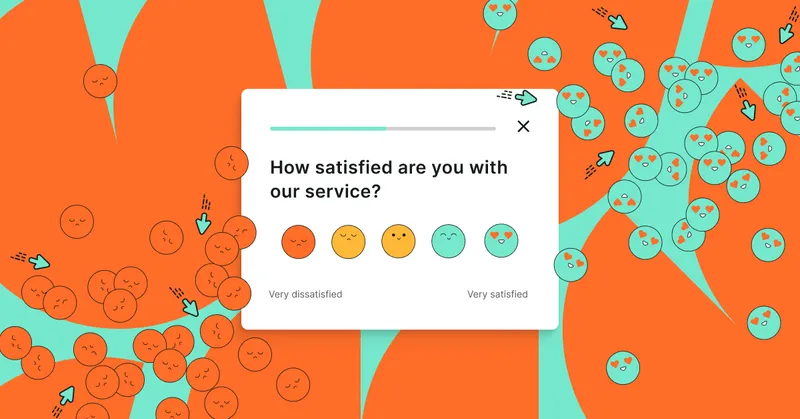
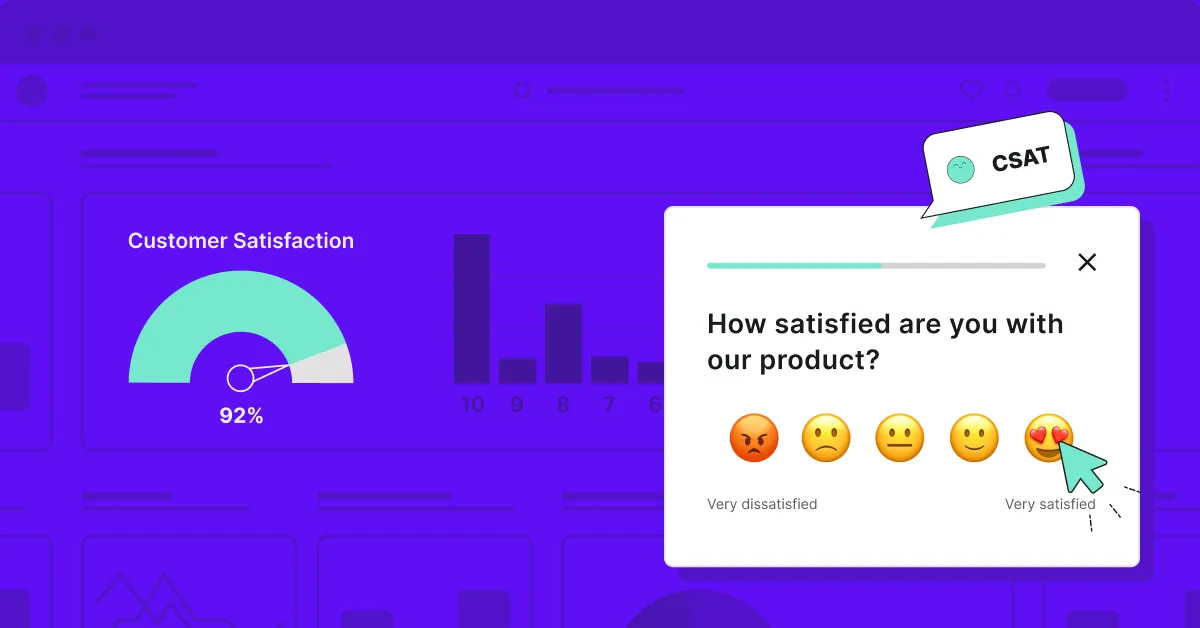
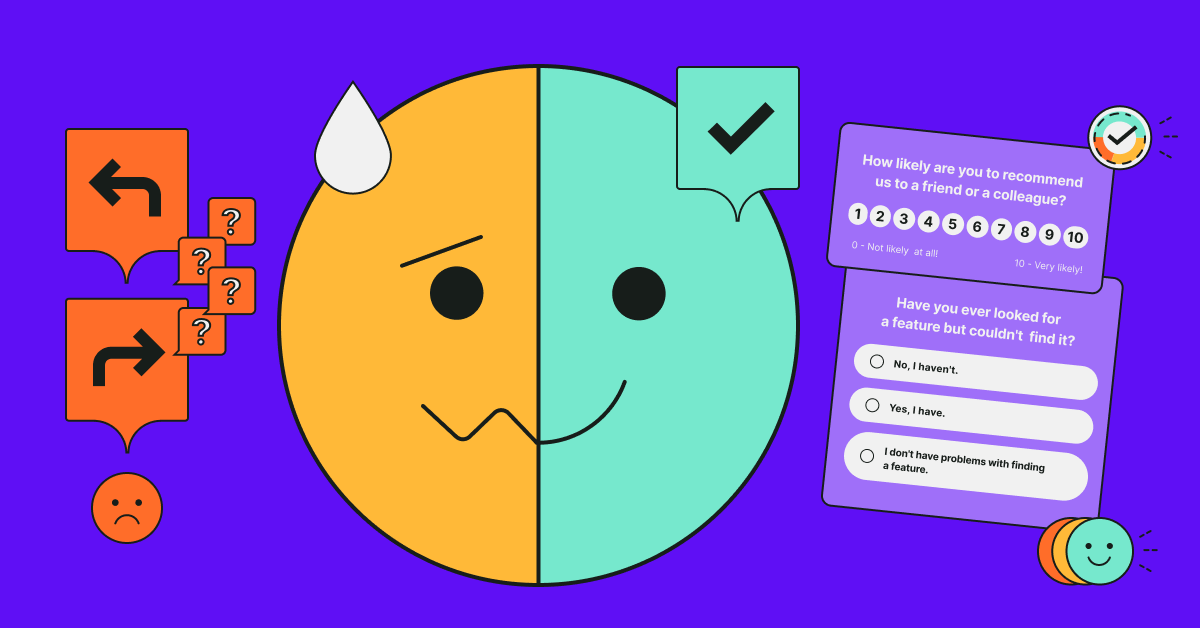

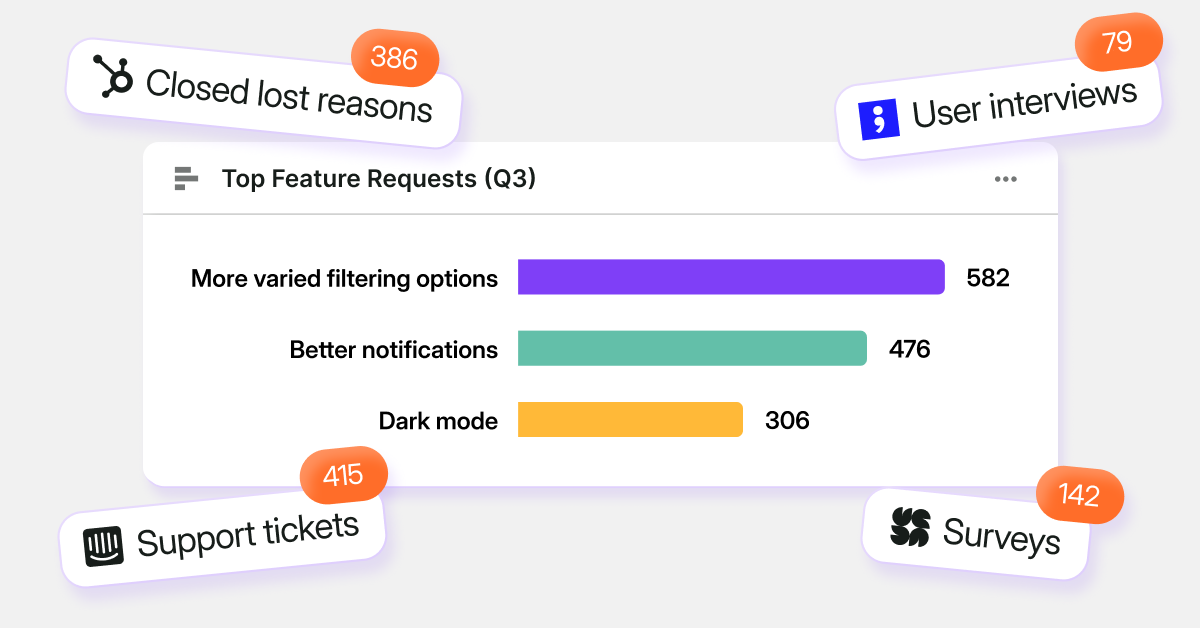
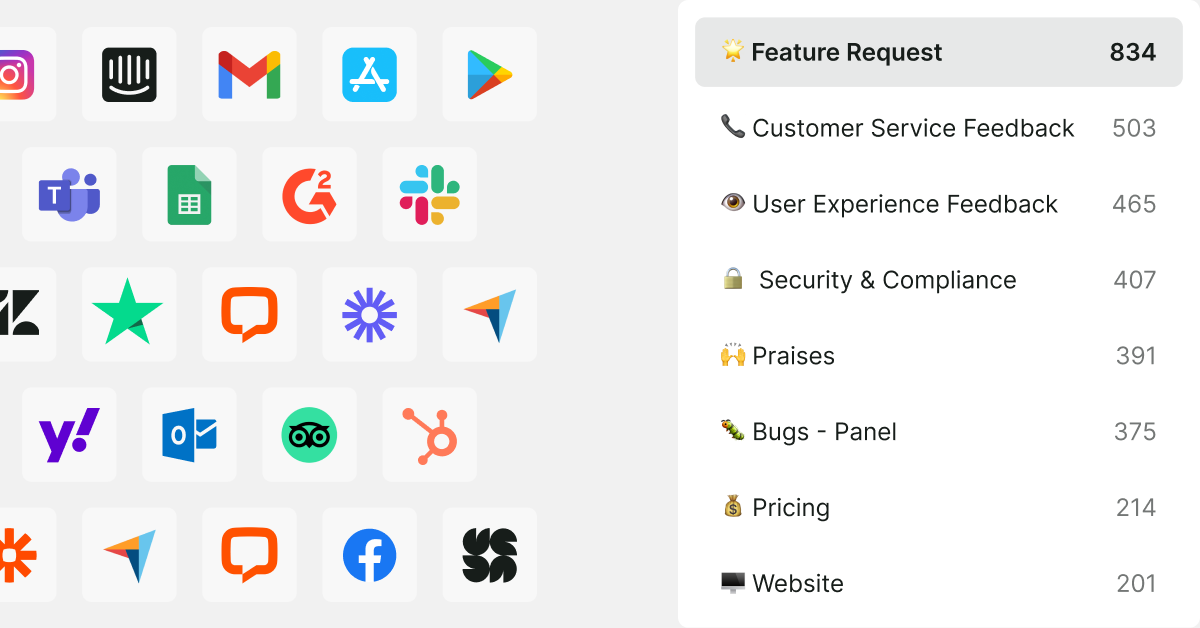
.svg)

.svg)



